Launching Straw Rockets!
By Edwin P. Christmann
Posted on 2019-02-05
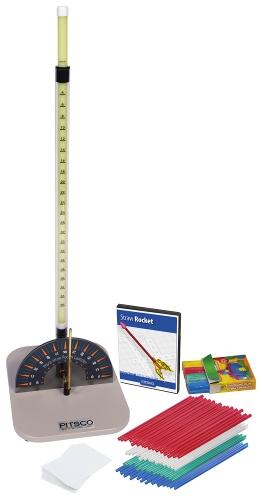
Introduction:
Pitsco’s Straw Rocket Launcher and its Getting Started Package gives students an introductory rocket activity where they can grasp a variety of subjects including force and motion, thrust, center of gravity, prediction, measurements, and more. For example, from the materials, students can experiment and hypothesize about how to construct the most stylish and dynamic rocket.
The kit contains a variety of materials, i.e., a Straw Rocket Launcher, a Straw Rocket Class Pack, and a Straw Rocket Video. The kit also contains teacher instructions, student instructions, and a Straw Rocket Launcher user guide. The package can be found by using the following like: https://www.pitsco.com/Straw-Rockets-Getting-Started-Package. As seen in Image 1, the Straw Rocket Launcher comes almost completely assembled. Subsequently, all users have to do is to attach the angle plate and the cylinder tube. Once that’s done, The Straw Rocket Class Pack contains enough supplies for 30 students, and additional class packs can be purchased separately if needed. The Straw Rocket Video is a DVD which contains helpful tips for getting started, such as tips for designing rockets and the variables that can impact the flight of the rockets.
Here is a User Guide for the Straw Rocket Launcher:
https://asset.pitsco.com/sharedimages/resources/straw-rocket-launcher-ii-ug-20426.pdf
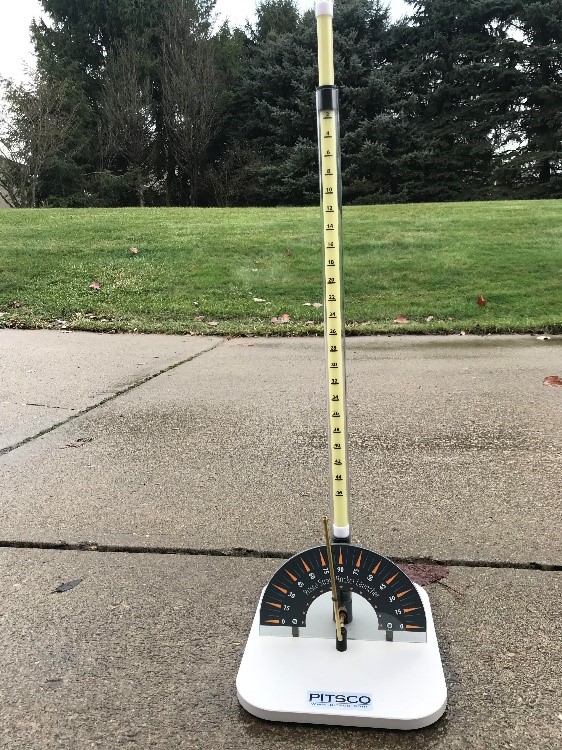
Image 1: The assembled Straw Rocket Launcher.
After the launcher is fully assembled, the first step is to construct a rocket. Students use plastic straws, modeling clay, and index cards to construct their own rockets. An example of a straw constructed rocket is pictured below in Image 2. Teachers can give students as much or as little freedom to construct their rockets.
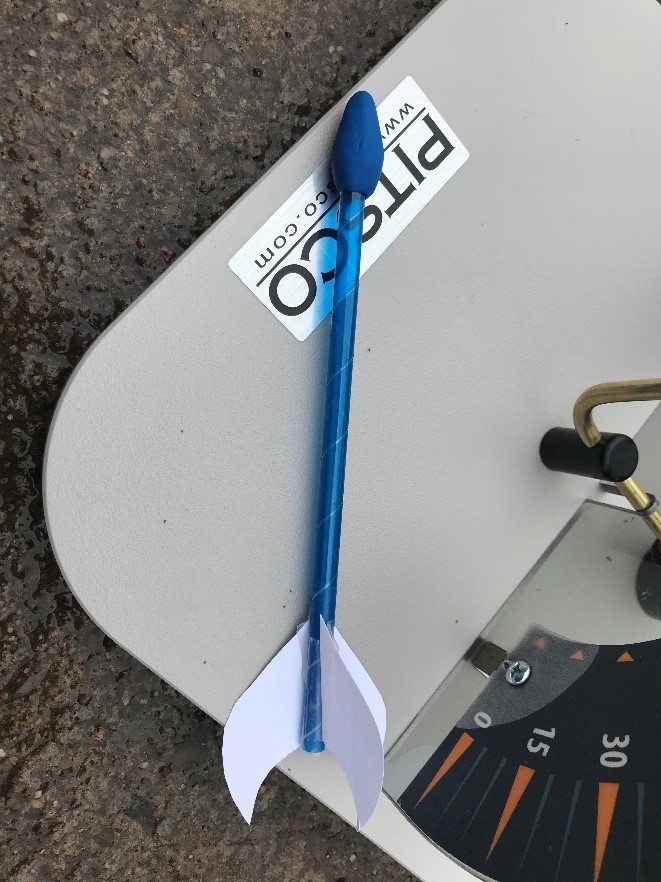
Image 2: An example of a constructed straw rocket.
After constructing their rockets, students are ready to launch their straw rockets! Once ready, as shown in Image 3, their place the straw rocket over the launch tube can then adjust the trajectory angle of their straw rocket as illustrated in Image 4. After selecting the desired trajectory angle, students need to lift the launch rod up to the desired height. After doing that, as shown in Image 5, the launch rod is then dropped. Students can observe that varied launch rod drop heights results in differing flight distances.
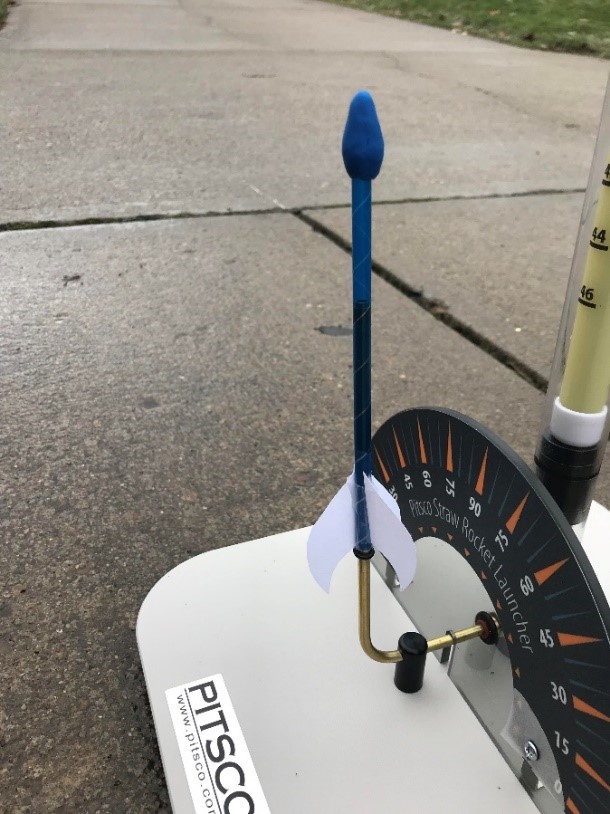
Image 3: The straw rocket sitting on the launch tube ready to be launched.
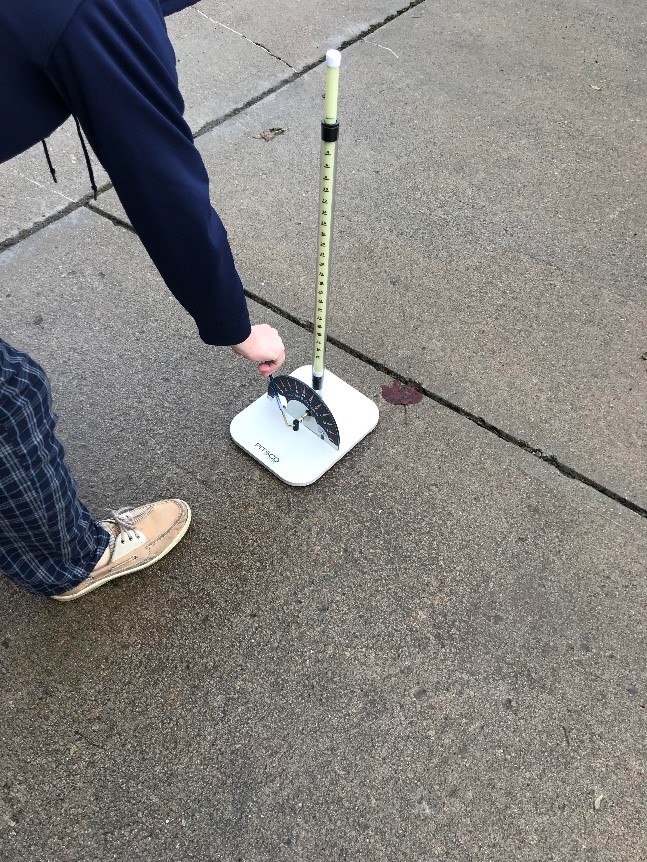
Image 4: Students can adjust the trajectory angle of their straw rocket.
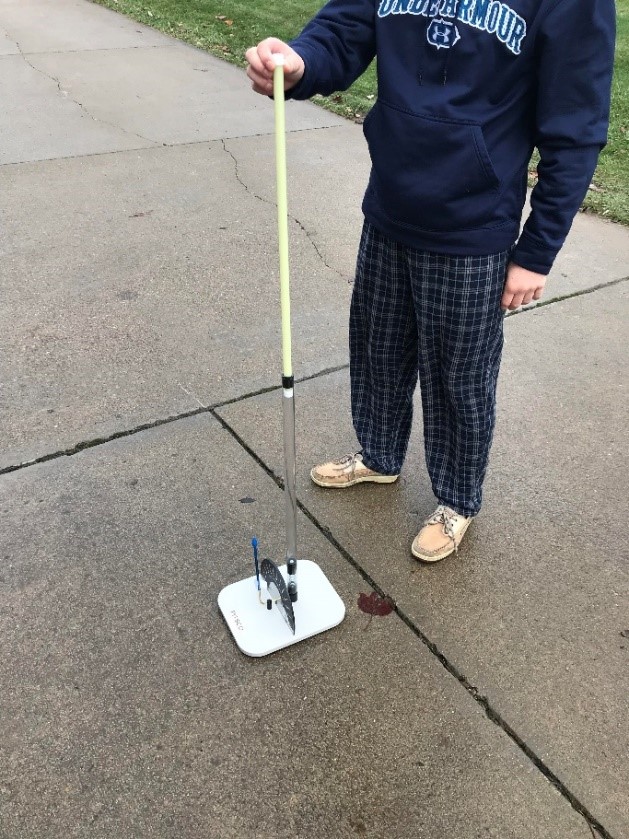
Image 5: Students lift their launch rod to the desired height then drop the launch rod to propel their rockets forward.
Classroom Applications:
Undoubtedly, the Straw Rocket Launcher is a useful science teaching and learning tool for students in grades K-12. Included with the kit are a variety of inquiry-based activities students could participate in with this fun and educational kit. Students will benefit from the variety of opportunities to experiment with design variations and different propulsion forces. Hence, students can modify their rockets and improve on previous designs. For example, students can design their own fins for their rocket. Included in the kit are suggestions for fin shapes; but students are free to come up with whatever type of fin they desire. Additionally, students can trim their straw down to experiment with how different lengths could alter the flight of their straw rockets.
Finally, students can use different amounts of clay to create different nose shapes for their their rocket and can find out how these different nose weights and shapes impact the flight trajectory. For teachers in elementary grades, an activity can be found in the following link from the Pitsco website (https://asset.pitsco.com/sharedimages/resources/straw%20rocket%20activity%20sample.pdf). With three alternative shapes, this particular activity allows students to explore how different nose shapes and weights can alter the rocket’s flight path. In conclusion, this kit is a great value and offers science teachers a fun, meaningful, and safe activity for launching rockets.
What’s Included:
– Straw Rocket Launcher
o Comes almost entirely assembled
o A tube of silicon based lubricant is also provided
– Straw Rocket Class Pack
o 120 Plastic straws
o One package of modeling clay
o 100 index cards (3”x5”)
– Straw Rocket Video
What’s Not Included:
– Scissors
– Tape
– Pencils
– Rulers/Tape Measures
Cost:
– $209 (For entire starter package)
OR
– $174 for Straw Rocket Launcher
– $26.50 for Straw Rocket Class Pack (supplies 30 students)
– $24.95 for Straw Rocket Video
About the Authors:
Edwin P. Christmann is a professor and chairman of the secondary education department and graduate coordinator of the mathematics and science teaching program at Slippery Rock University in Slippery Rock, Pennsylvania. Emily Ferraro is a graduate student in the mathematics and science teaching program at Slippery Rock University in Slippery Rock, Pennsylvania.
Disclaimer: The views expressed in this blog post are those of the author(s) and do not necessarily reflect the official position of the National Science Teaching Association (NSTA).


